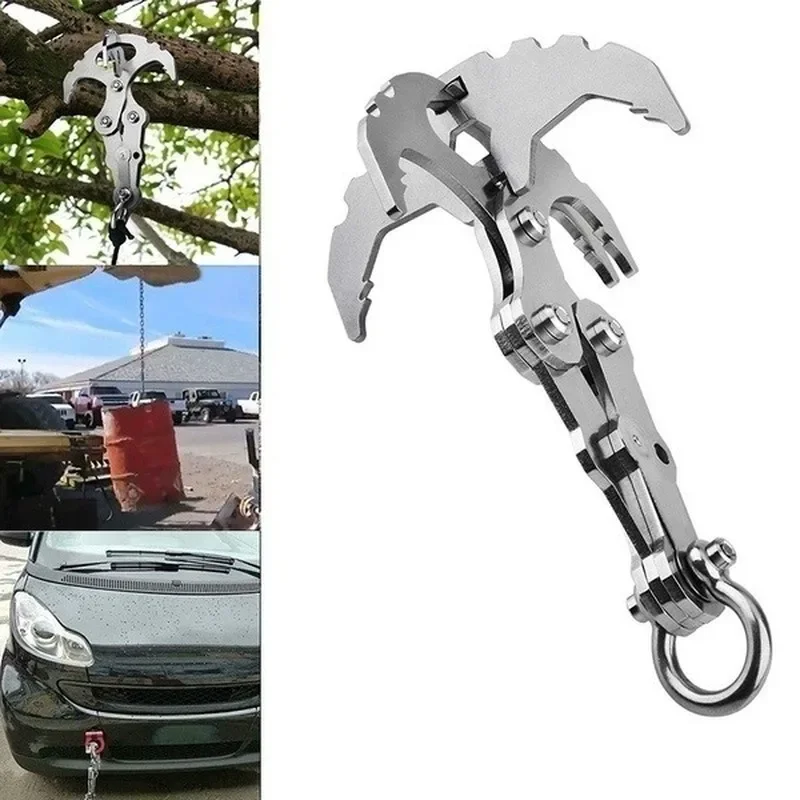The Path to a “Dormant NATO”
The United States must set a clear timeline for Europe to assume the burdens of its own defense.

As of late, I have gained some notoriety in my admittedly niche and nerdy foreign policy circles. It all started with a Rolling Stone essay that argued that one of my obscure research briefs about reforming NATO has made it to the future Republican administration’s inner circle of debate.
“Trump’s idea reflects some of the arguments laid out in a policy brief, published in February by researcher and conservative writer Dr. Sumantra Maitra, titled ‘Pivoting the US Away from Europe to a Dormant NATO’,” the Rolling Stone essay said, adding, “Sources familiar with the matter say that this paper indeed circulated within Trump’s immediate circle earlier this year. ‘There were some ideas in it that the [former] president liked,’ says a former Trump administration official who remains in close contact with the 2024 campaign.”
The New York Times reported on it, citing Constanze Stelzenmüller, director of the Center on the United States and Europe at Brookings, who is worried about the second Trump administration’s position on NATO; followed by the Financial Times. All of them mentioned the concept “Dormant NATO” by name, without explaining it much. Here’s Sylvie Kaufmann at the Financial Times: “Trump-aligned think-tanks advising the US to pivot away from Europe and promoting the concept of a ‘dormant Nato’ have finally inspired brainstorming in Brussels about reinforcing the European pillar of the alliance. ‘Dormant Nato’ should be a wake-up call for Europe. There are only 11 months left.”
The effort to explain the position was slightly made in ECFR, which divided the Republicans into three tribes, “Primacists, Restrainers, and Prioritisers” (the clue is in the names) and categorized Dormant NATO within the restrainer side. “The restrainer’s alternative agenda is to create a new, non-US-centred security architecture in Europe. This would mean pulling out most US troops from Europe and revising NATO rules to create a ‘dormant NATO’, which is to say a NATO led by Europeans in which Americans play only a supporting role.”
But what is Dormant NATO, and why is it the only way forward for any Republican administration?
To understand that, we have to consider three assumptions.
Assumption one dictates that NATO is designed not just to defend Europe, but to neuter European great powers and deter any attempt of having a continental hegemon opposed to the United States. These aims are fundamentally contradictory. On one hand, Americans won’t allow their government to be subservient to any single power in the Western Hemisphere. It is not politically feasible and no candidate arguing for that will win an election. On the other hand, Americans are not socially designed for imperialism with a global imperial officer class, and are therefore not interested in paying the cost in blood and treasure that is required for empire, nor do they gain from any inept form of globalism that is currently practiced. That leaves the U.S. grand-strategists in a bind where reconciliation between these two aims—having Europe both whole and subservient, and having Europe defend itself with America being there only as a balancer of last resort—seems to be difficult.
Assumption two is that Europe is not united and never will be without force. The European Union is a potential trade and political rival of the U.S., and even though it is a political entity that inserts itself as an unwelcome guest in various multilateral forums, it is an entity that exists solely due to the material reality of American martial presence in the continent. That makes it doubly interesting when the E.U. wages punitive tariff wars on American companies or threatens to punish Twitter; it is essentially with tacit American regime approval.
In a world where there is no American military power acting as a glue to keep Europe united by force, the European Union will implode into several pieces, as older powers and territorial interests return to form. It is a doomsday scenario, but if the E.U. ever actually finds itself in a position to threaten the U.S., or plans to side with China in economic warfare against the U.S., all the U.S. has to do is pull the security rug from under Europe’s feet and let it disintegrate. The reason is simple. Rich but demographically weak Western Europe wants to buckpass the security burden onto the United States. Eastern Europe, on the other hand, wants to chain-gang the U.S. to its ethnic conflicts. The expansion of NATO did not just end ethnic European wars; it did so by neutering great powers and destroying “nationalism,” including that within the United States.
This brings us to assumption number three. The structural forces that allowed U.S. hegemony are now gone. America is hollowed out, with a $33 trillion debt: arguably the biggest threat in front of the United States. Put simply, America is on the verge of economic collapse, and a bloated government and defense budget are but one cause of it. That, added to the unprecedented rise of a peer rival in the East, means the challenge ahead of the U.S. is not going to be solved by singing paeans to decades past, but by means of a thorough restructuring of the established alliance system. Burden sharing is out. Burden shifting is in.
In that light, the idea of “Dormant NATO” is relevant. The brief is readily available for everyone to read. Contrary to consensus, it does not call for a total withdrawal of the U.S. from the European continent—far from it. It firmly keeps the U.S. nuclear umbrella over Europe by maintaining the airpower and bases in Germany, England, and Turkey (thereby keeping the button for ultimate deterrence firmly and solely in American hands), as well as the U.S. Navy tied to the European seas (thereby neutralizing any future threats to seaborne trade). What it does, however, is shift the burden.
A Dormant NATO stops all future NATO expansion. It keeps NATO on ice, as the name suggests, only to be activated in times of crisis. It defunds the woke NATO bureaucracy—bloated, independent, self-sustaining, and often hostile to conservative values and American interests. Most importantly, it coerces Europe by fixing a timeframe after which the armor, logistics, artillery, intel, and infantry pass on to European hands in both combination and command, with America staying only as a fireman to be called in times of need. Everything other than American nuclear and naval power will be the security burden of Europe.
This is the most realistic compromise possible, short of total withdrawal. Europe must understand that they cannot be sanctimonious about America while living under American prosperity and generosity.
Secretary Robert Gates was prophetic in 2011 when he warned,
The blunt reality is that there will be dwindling appetite and patience in the U.S. Congress—and in the American body politic writ large—to expend increasingly precious funds on behalf of nations that are apparently unwilling to devote the necessary resources or make the necessary changes to be serious and capable partners in their own defense. Nations apparently willing and eager for American taxpayers to assume the growing security burden left by reductions in European defense budgets. Indeed, if current trends in the decline of European defense capabilities are not halted and reversed, Future U.S. political leaders– those for whom the Cold War was not the formative experience that it was for me—may not consider the return on America’s investment in NATO worth the cost.
That time has already come and gone. The only reason Europeans are not paying their fair share in their defense is because Americans have so far only warned of a world without America in it, without specifying any timeline. “Dormant NATO” fills that gap and provides a last, workable alternative. Future American administrations might not be as generous.
The post The Path to a “Dormant NATO” appeared first on The American Conservative.
Shop For Night Vision | See more…
Shop For Survival Gear | See more…
-
Sale!

Quick Slow Release Paramedic Survival Emergency Tourniquet Buckle
Original price was: $14.99.$7.99Current price is: $7.99. Add to cart -
Sale!

Mesh Shooting Hunting Vest with Multi Pockets
Original price was: $59.99.$39.99Current price is: $39.99. Add to cart -
Sale!

Stainless Steel Survival Climbing Claw Carabiner Multitool Folding Grappling Hook
Original price was: $19.99.$9.99Current price is: $9.99. Add to cart
















































